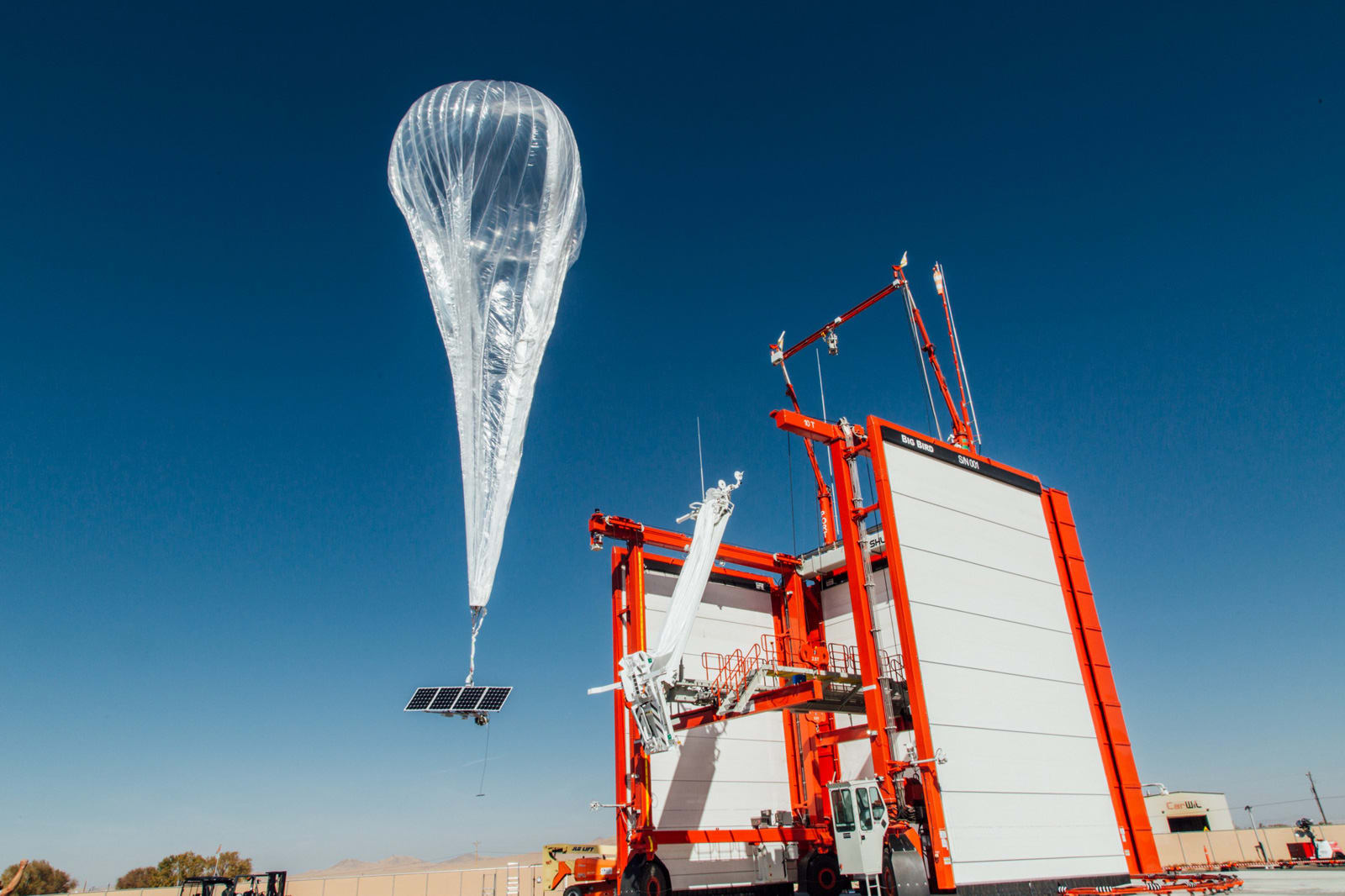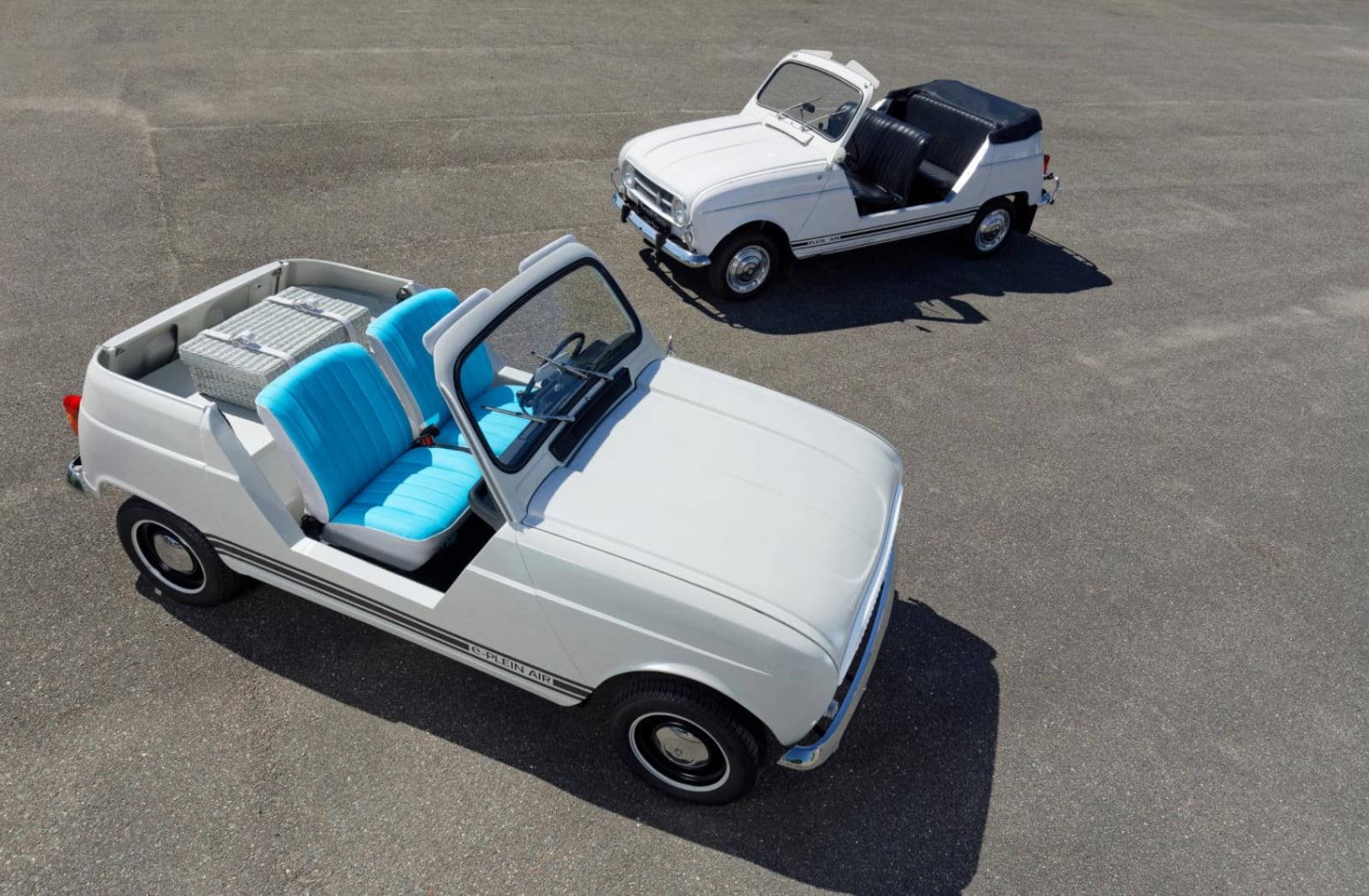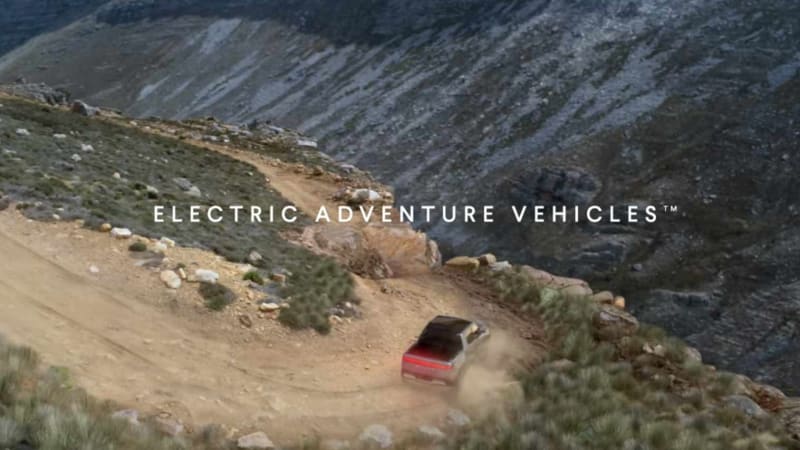https://www.popsci.com/herbal-doctor-remedies-recall/

On Wednesday the Food and Drug Administration announced a voluntary recall by the company Herbal Doctor Remedies, a brand of herbal supplements distributed by several online retailers. What’s surprising about this recall is that it includes all of Herbal Doctor Remedies products. So, the first takeaway is obvious: if you have any products manufactured by this company, throw them away. Contact a physician (and file a report with the FDA) if you suspect you’ve had any side-effects to them. Contact the company if you’re hoping to get some kind of refund, though of course your results may vary.
But you may be wondering what prompted such a sweeping and troubling recall—as well you should. Here are a few things to know about what went wrong with Herbal Doctor Remedies, as well as what this incident can teach you about supplements in general.
Why the recall?
The FDA hasn’t cited any specific manufacturing problems, but reports that Herbal Doctor Remedies failed to follow Current Good Manufacturing Practices (CGMPs). The FDA doesn’t have oversight over dietary supplements in the same way it does actual drugs, but the CGMPs exist to ensure that products contain what their packaging claims they contain and in the right quantities. That also covers things they shouldn’t contain, like pesticides or random contaminants. There are a lot of ways a company can fail to meet the CGMPs, but the easiest way to attract the FDA’s ire on this is to have a factory that doesn’t meet adequate cleanliness standards, or to have a manufacturing process that leaves too much opportunity for error.
Herbal Doctor Remedies has a second offense, too: they’re marketed without FDA approval in a way that could put consumers at risk. The FDA doesn’t approve supplements before they go to market, and generally only steps in if customers are reporting adverse effects (which wasn’t the case here). But supplements only get to enjoy that easy-breezy regulatory status if they distinguish themselves from drugs (which, as its name suggests, the FDA regulates quite heavily). Herbal Doctor Remedies is a classic example of the thin line between a perfectly legal supplement and an extremely illegal drug. It all comes down to labeling.
What are supplements allowed to say they can do?
The FDA has some rather complex guidelines for how foods and dietary supplements can market their benefits. It’s fine, for example, for a fiber supplement to say on its packaging that fiber is good for gut health and regularity. We have lots of evidence to support this. If a large body of experts like the National Academy of Sciences says X is good for preventing Y, that’s generally fair game as well. When it comes to basic benefits a vitamin or mineral can give you, as long as a company isn’t misrepresenting how their product fits in (saying, for instance, that a cereal with 1 gram of fiber is good for your gut because of how great fiber is), most claims are fine.
But supplements can’t claim to treat or prevent a specific disease. Something that treats or prevents a specific disease is a drug. And the FDA has to evaluate drugs to determine their safety and efficacy.
Herbal Doctor Remedies tripped this wire several times over, and you need only look at the company’s product names to see how: they sell "Worm Off," "Deafness Off," "Sperm Booster," and "Stomach Flu," to list just a few.
There’s nothing wrong with selling people deworming pills or antivirals, but if you’re telling someone that the product they’re buying will get rid of their intestinal parasites or cure their influenza, the FDA wants proof that this is at least reasonably true. Otherwise, there’s a chance people will forego medical attention or prescribed pharmaceuticals in favor of your product. This might sometimes turn out okay, but if your claims are unfounded and not based on solid evidence, your product is putting that customer’s health in serious peril.
If you don’t use any untested ingredients and don’t claim to treat or prevent a disease, efficacy doesn’t matter. Supplements just have to manage not to hurt a bunch of people and avoid lying (or at least getting caught lying) about what they contain. If that sounds like a low bar, it is.
How do I know the supplements I’m taking are effective?
You don’t! That’s the rather shocking truth about supplements in the United States. Companies are tasked with policing themselves on efficacy and safety. Unlisted fillers in lieu of promised ingredients are common, which opens the door to all sorts of risks—allergic reactions, unexpected interactions between medications, and toxic contaminants, for example. According to a 2017 study, the U.S. Poison Control Centers get calls about bad reactions to supplements about every 24 minutes. The FDA is supposed to step in when supplements are causing harm, but it’s basically an honor system—and lots of companies don’t report their customers’ complaints.
Should I take supplements at all?
Lots of supplements are harmless or even beneficial. But you have to confirm their safety and efficacy yourself. The United States Pharmacopeial Convention runs a voluntary testing program to confirm labels are accurate and manufactured safely, so picking a company that opts in is a no-brainer.
It’s important to note that while we need certain vitamins and minerals to survive, we’re (mostly) better off getting them from balanced diets full of as many whole, unprocessed foods as possible. There are certain conditions that can benefit from supplements, but that’s something you should get a physician’s advice on. Sometimes even safe and well-made medications can cause harm: experts now say daily aspirin is a mistake for most adults, too many antioxidants can actually encourage cancerous cell growth, and excess vitamin D can give you kidney stones and make your bones weak. In other words, you shouldn’t assume any daily medication, whether it’s an OTC drug or an herbal supplement, is a better-safe-than-sorry addition to your morning routine.
If you know a company is trustworthy, this graphic from Information Is Beautiful can help you suss out just how much evidence there is that a supplement does what you want it to. For instance, you’ll see that omega 3 is very likely effective in lowering risk of preterm birth, while evidence that it lowers the risk of colorectal cancer is merely "promising." The same substance’s effect on cardiovascular disease is slightly less well-supported—it’s "inconclusive" and needs more research—and evidence suggests it has no effect against Crohn’s disease, asthma, or diabetes. Omega 3 also makes an appearance on the "harmful" side of the chart, because fish oil intake is linked with increased prostate cancer risk. All of this is to say that there are lots of things that supplement companies can gently suggest their products can do for you, but the truth is a lot more complicated.
via Popular Science – New Technology, Science News, The Future Now https://www.popsci.com
July 25, 2019 at 11:10AM






